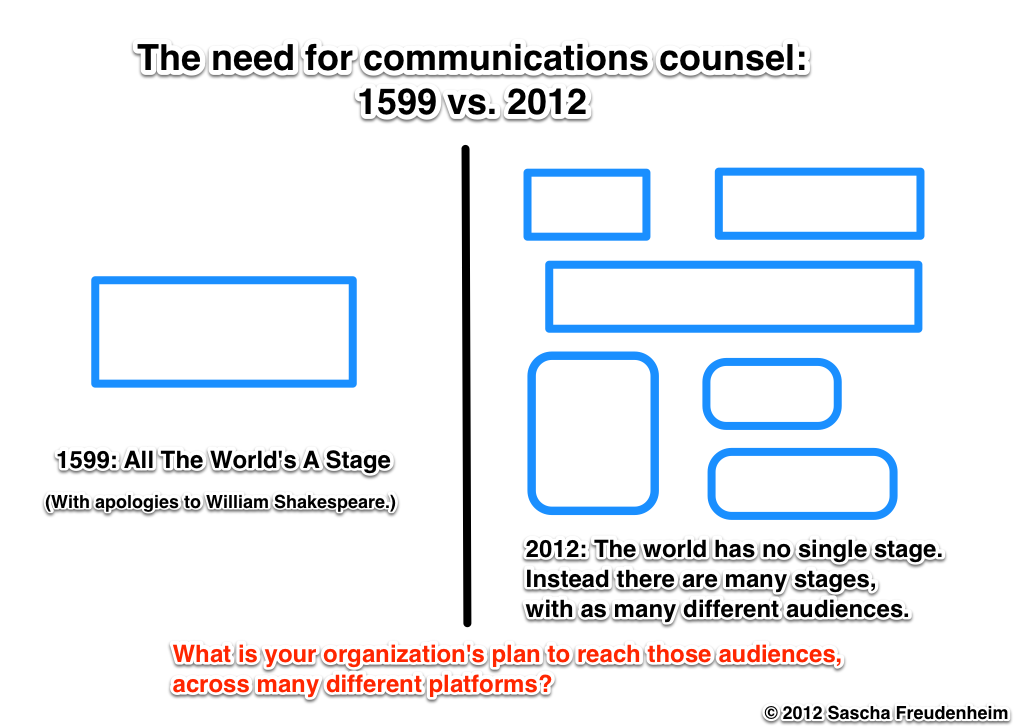Periodically, I hear myself saying to clients sentences such as “I think we need to remember that the tail shouldn’t wag the dog. The decision you need to make should be driven primarily by mission, and not just by the communications implications.”
That I need to say this at all is understandable. Most of my clients are public organizations, institutions that rely on networks of donors and audiences for support and that thrive based on wide participation. Decisions that risk alienating those audiences and supporters are tough to confront, no matter how necessary they may be.
While communications concerns and implications are often (rightly) invoked at the front end of many decision-making processes, in many instances the discussions about external messaging and impact risk taking over the entire process. Good consultants can recognize this early enough and try to help the client shift gears.
Much more troubling are the opposite scenarios, where there seems to have been little or no attention paid to communications processes or decisions at all. If you’re reading this and thinking: oh, that’s because a terrible decision gets made and then communications folks have to figure out how to “sell” it publicly, you would be … wrong.
Yes, leaving the communications team out can definitely be a problem. Trying to figure out how to create a communications strategy or coherent messages for what may be very complex and multi-layered decisions is not always easy. However: that’s the job–and good communications professionals can handle this.
And in an age of digital communications, it should be obvious that leaders cannot afford (literally and figuratively) not to give their communications team a role and opportunity for input. (Does this argument even need to be backstopped with references? Pick up the newspaper or look at any business blog and it is easy to find examples of communications failures that stem from bigger leadership failures.)
But a little scraping away at the surface of these situations often reveals poor internal communications up to and through whatever the present (external) crisis might be: the questions for staff, trustees, or external constituencies may be poorly articulated, while the rationale for confronting a problem may be muddled and the ramifications of any decision left unclear. Not to mention that poor leadership often empowers as decision-makers those who are normally just one set of stakeholders among many.
In other words: the real problem is that a lack of attention to communications issues tends to reflect a lack of leadership entirely. And that is pretty much the definition of a crisis.





